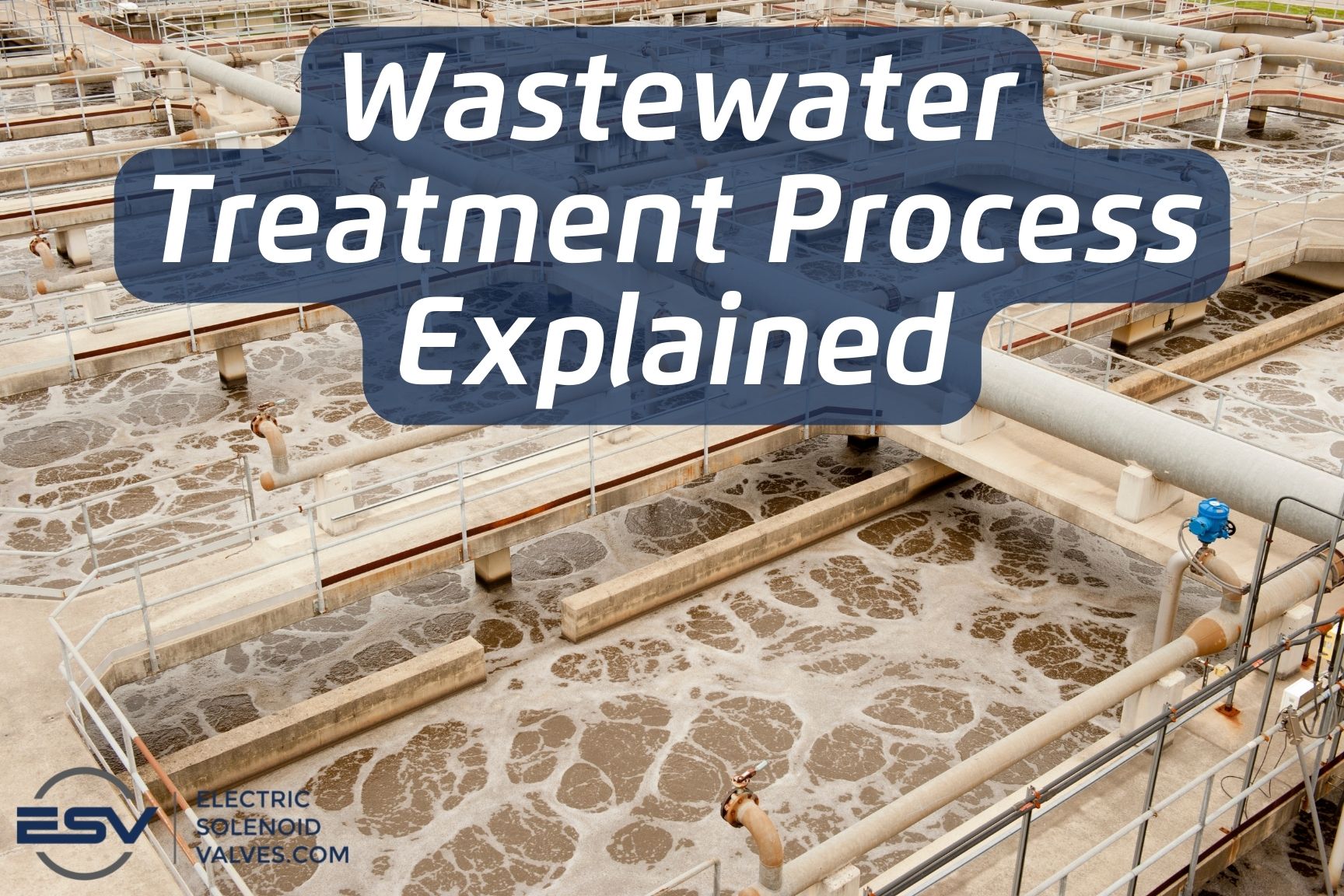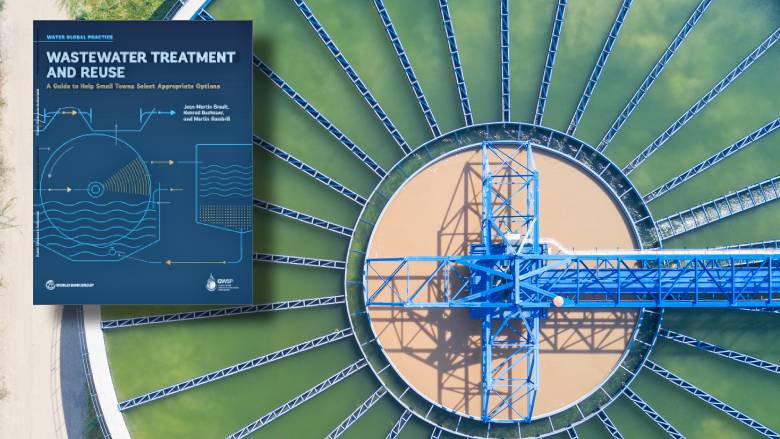Environmental Effect of Waste Water Treatment: What You Required to Know
Wiki Article
Strategic Approaches to Improve Waste Water Treatment Efficiency and Decrease Ecological Effect
In the realm of waste water treatment, the mission for enhanced performance and minimized ecological influence is a perpetual difficulty that demands critical remedies. The assimilation of advanced therapy modern technologies, energy-efficient processes, resource healing strategies, enhanced nutrient removal strategies, and wise tracking and control systems stands for a diverse structure for addressing these pressing issues.Advanced Treatment Technologies
Sophisticated membrane filtering systems have revolutionized innovative wastewater therapy processes, dramatically enhancing the removal of impurities. This modern technology has actually verified to be extremely efficient in removing a broad array of impurities, including drugs, hefty metals, and organic substances, which are usually challenging to eliminate with typical treatment methods.Additionally, membrane purification systems use various benefits over traditional therapy methods. They need much less space, create higher-quality effluent, and are much more resistant to changes in influent water quality. Additionally, these systems are very flexible and can be easily integrated right into existing treatment plants or used as standalone devices for decentralized applications. As the demand for tidy water continues to climb, the adoption of advanced membrane purification modern technologies is necessary to make certain lasting and reliable wastewater treatment methods.
Energy-Efficient Procedures
The integration of energy-efficient procedures in wastewater treatment systems is critical for optimizing source usage and decreasing operational expenses. One essential method to enhancing power effectiveness in wastewater therapy is the utilization of advanced oygenation systems, such as great bubble diffusers or surface aerators, which can enhance oxygen transfer effectiveness and decrease energy usage.In addition, optimizing process control and automation through making use of sophisticated sensing units and monitoring systems can enhance overall energy effectiveness by changing procedures in real-time based upon actual demand and problems. Implementing energy audits and regularly keeping an eye on power efficiency indicators are vital methods to recognize areas for renovation and track energy-saving campaigns efficiently. On the whole, the adoption of energy-efficient processes in wastewater therapy not just profits the setting yet additionally adds to lasting cost savings and operational sustainability.
Source Healing Strategies
With an emphasis on enhancing source utilization and sustainability in wastewater treatment systems, the implementation of source recuperation techniques becomes a pivotal element in improving functional efficiency. Resource recovery approaches in wastewater therapy involve the recognition and extraction of important resources from the waste stream, therefore transforming what was as soon as taken into consideration waste into a valuable property. By applying resource recovery methods such as nutrient removal and healing, energy generation from organic issue, and the manufacturing of multiple-use water, wastewater therapy plants can lessen ecological effect while making the most of effectiveness.
Improved Nutrient Elimination Methods
Carrying out innovative nutrient removal methods is essential for optimizing the efficiency of wastewater therapy systems. One of the essential methods used for boosted nutrient removal is the process of organic nutrient elimination (BNR), which includes the elimination of nitrogen and phosphorus with organic procedures.
Along with BNR, advanced therapy techniques such as membrane layer bioreactors (MBRs) and built marshes can also be used to improve nutrient removal effectiveness. MBRs make use of membranes to accomplish top notch effluent requirements by successfully removing nutrients and suspended solids. Constructed marshes mimic natural wetland processes to eliminate nutrients with plant uptake, microbial task, and sedimentation. By including these innovative nutrient elimination techniques into wastewater therapy municipalities, systems and industries can efficiently reduce nutrient pollution and protect the setting.
Smart Monitoring and Control Solution
Making use of cutting-edge innovation, the integration of wise surveillance and control systems reinvents the functional efficiency of wastewater treatment centers. These more helpful hints systems integrate sophisticated sensing units and information analytics to continually monitor vital criteria such as pH levels, turbidity, dissolved oxygen, and flow rates in real-time. By collecting and assessing this data, operators can gain valuable understandings right into the efficiency of the therapy procedures, enabling proactive changes to optimize therapy efficiency.Smart tracking and control systems likewise support remote tracking capacities, permitting operators to accessibility real-time information and control features from off-site places. This remote availability improves functional flexibility and responsiveness, allowing quick interventions in situation of have a peek here system breakdowns or variations in influent high quality. In addition, the predictive upkeep capabilities of these systems assist protect against tools failings and lessen downtime, inevitably enhancing the overall reliability of wastewater treatment procedures (Waste Water Treatment).
Conclusion
In final thought, critical approaches such as innovative treatment technologies, energy-efficient procedures, source recovery methods, enhanced nutrient elimination techniques, and wise monitoring and control systems play an important role in boosting wastewater therapy effectiveness and decreasing environmental impact. By implementing these strategies, wastewater treatment plants can boost their general performance, lower energy intake, recuperate important sources, and ensure compliance with environmental laws. These approaches are necessary for sustainable and efficient wastewater monitoring practices.
In final thought, strategic methods such as sophisticated treatment innovations, energy-efficient processes, source recuperation approaches, boosted nutrient elimination strategies, and clever tracking and control systems play an important function in enhancing wastewater treatment performance and decreasing ecological influence.
Report this wiki page